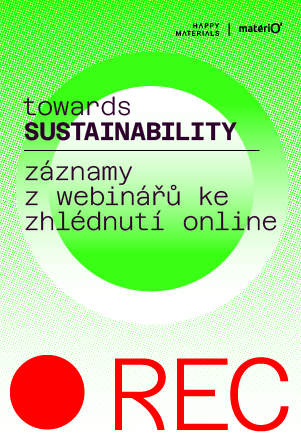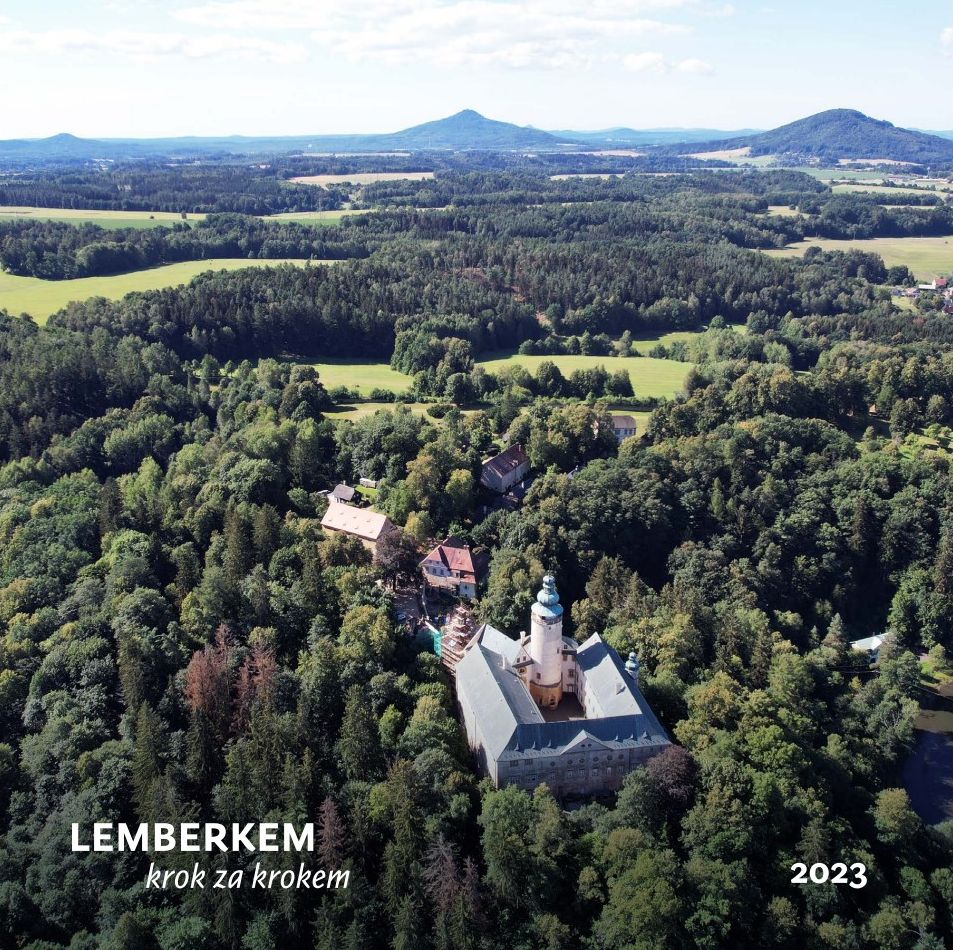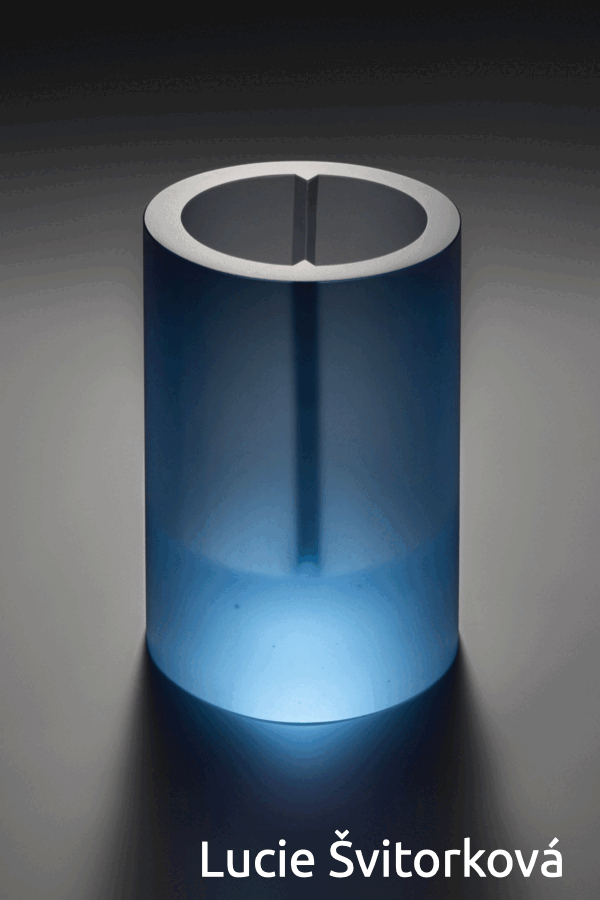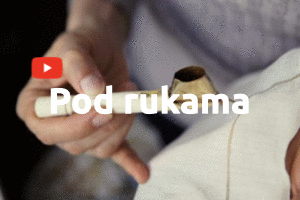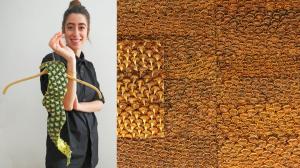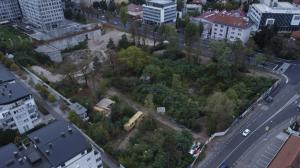What Matters
TEXTILE TRACEABILITY: CAN NEW TECHNOLOGY ALLOW US TO MAKE INFORMED DECISIONS?
Consumers want to know more and more about material sources and about products’ environmental and social impacts, but the ability to trace product histories is limited. However, new technologies are emerging that can help customers and companies make more informed decisions. Enter material traceability.
Author: Barbora Svobodová • Translate: Elizabeth Spáčilová Photograph: Haelixa
This April marks ten years since the Rana Plaza textile factory collapse in Bangladesh, which killed over one thousand people in what was the deadliest textile industry accident in history. The factory owners ignored the dilapidated state of the building, costing the workers their lives.
Unfortunately, this has not been the only fashion industry scandal to shake the public in recent years. In 2022, The Guardian reported that forced labour was being used on cotton plantations in China’s Xinjiang region, where the minority ethnic Uyghur population has been subject to persecution by the Chinese regime.
Cheap labour, inhumane conditions, and devastating environmental consequences are burning problems for the fashion industry. One root cause of the entire problem lies in the insufficient transparency and traceability of the production chain. Customers are unable to learn almost anything about how goods were made. Since individual parts of the textile production process are spread across many subjects, it is in fact very difficult for brands to provide information about the social and environmental impacts of their products. Questions usually remain unanswered as to who sews and dyes fabric and under what conditions, what dyes are used and how they are used, or under what conditions the raw materials are grown or produced.
Tech changes the rules of the game
One company that is offering a solution to transparency issues in the supply chain, from raw materials to the finished product, is Haelixa. This Swiss company’s technology transforms the product itself into an information storage device. RFID or NFC tags are not needed for tracing. During production, an aqueous suspension of tiny particles marked with a DNA sequence1 is applied to the yarn. This DNA marker is always unique to each particular stage of production or manufacturer. Technically there is an unlimited number of variations to these markers; for example, if a customer wants to differentiate between individual stages in the manufacturing process, they can apply additional markers, each having distinct DNA codes. Some customers wish to have just one DNA code for everything, while others want to distinguish between a number of steps in production and need several markers.
The suspension has been specially designed to withstand every stage in the material’s life cycle. DNA markers pose no harm to the environment, are invisible, and have absolutely no effect on the properties of the product to which they are applied. Marked materials or products can be verified at any point with a PCR simple test like the PCR tests we’re all familiar with. Testing is based on the principle of a positive or negative result, revealing whether the DNA markers match the ones officially reported by the manufacturers. But because each test comes at a price, it would be unrealistic to test every single product. Instead, a few products from each batch are randomly selected.

Imagine DNA markers as tiny bits of solid, inanimate material suspended in water, which is then sprayed on and sticks to the material. Photograph: Haelixa
For now Haelixa is focusing on tracing textiles, gemstones, and metals such as gold, but as Haelixa’s CEO Michela Puddu explains, the technology can be used on any primary material or product. For example, Haelixa is currently investigating options for using the technology in the food industry.
A frock in the blockchain
FibreTrace specialises in collecting and providing access to textile industry data. The company’s technology uses a combination of physical and digital elements. By inserting luminescent pigments into raw fibres and scanning them, FibreTrace, like Haelixa, can create a full or partial outline of the production chain. FibreTrace states that this pigment remains with the fibre for its entire life cycle, including during recycling and reuse.
Scanning is performed by hardware that was originally created to detect and decipher codes. FibreTrace scanners are installed at every point of the supply chain to scan fibres, yarn, fabric, and/or the finished product. The information obtained is recorded using a software platform and blockchain technology. These data are collected on the FibreTrace platform and are accessible to all stakeholders in the supply chain. A digital passport tracing the entire production process can also be shared with customers.
The company has also recently launched a free service titled FibreTrace Mapped, which offers a map of global supply chains including suppliers’ names, types, and locations.
Textile traceability offers a lot of positives, but there are still some hurdles to clear. One major one is the need for all data to be digitised, which requires companies to undertake structural changes and bear the associated expenses. Another possible obstacle is the cost to implement the tracing system – especially for those at the very start of the supply chain. Combining fibres from a variety of suppliers presents an additional complication. The energy impacts of digitalisation and the extent to which information will be shared with customers are also important questions.
However, the fact is that demands for transparent supply chains will only escalate, and traceability is one option on the path to a fairer textile industry.
Textile tracing technologies are witnessing dynamic development. Fashion for Good and Textile Exchange have included information about available tracing technologies for the fashion industry in The Textile Tracer Assessment 2022.
Notes:
1 The technology drew inspiration from nature. DNA is a natural system for storing information, composed of chains of units composed of four different letters; each sequence is unique to each individual.
4. 5. 2023
LATEST COMMENTS
9. 4. 02:43
katana
katana - Marcos Garcia: Dancing on the new compost toilets is very important
9. 4. 02:42
katana
katana - Jan Lebl about Prameny, a municipality at the Czech German border, and civic activism in the rural areas
9. 4. 02:42
katana
katana - Fashion Designer Mai Trần: Vietnam is a Country of Sewing Machines

